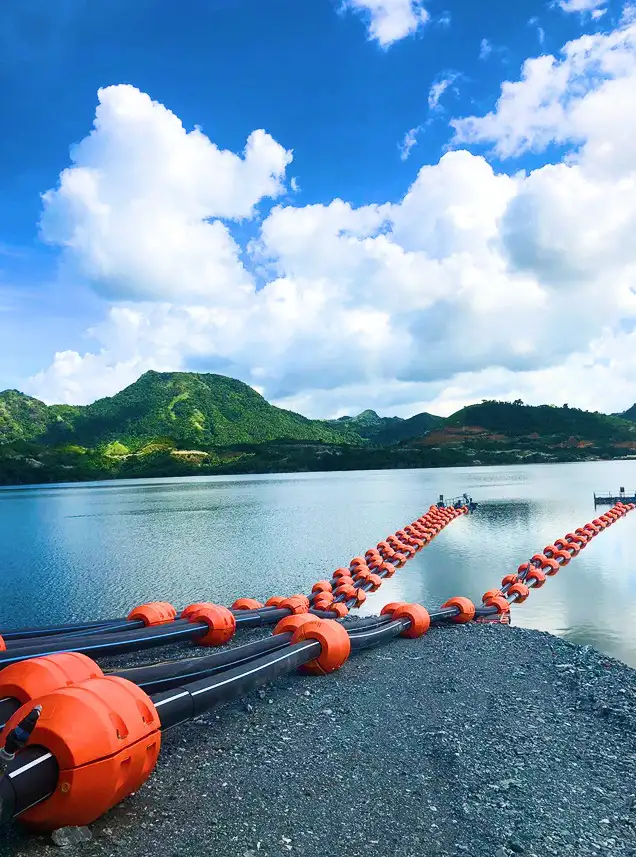SRTP pipes are composite pipes that feature a steel wire mesh or skeleton embedded within layers of thermoplastic material (like HDPE). The steel provides high strength and pressure resistance, while the thermoplastic offers excellent corrosion resistance and flexibility.
SRTP pipes are typically connected using: Electrofusion Connection: Heating elements within the pipe fittings melt the outer plastic of the pipe and the inner plastic of the fitting, creating a strong, reliable bond. This is a common and highly reliable method. Mechanical Connections: Such as crimping compression flange connections, spigot flange connections, compression clamp connections, and double seal connections.
While the core concept is similar, variations exist in the type of thermoplastic used (e.g., HDPE, PPS, PVDF, Nylon) and the reinforcing fiber (e.g., steel wire, aramid fiber). Some manufacturers also offer different pressure ratings or specialized versions for specific applications (e.g., trenchless installation).
Under normal circumstances and proper installation, SRTP pipes are designed for a long service life, often exceeding 50 years.
Yes, SRTP pipes are highly suitable for buried installations. Their flexibility, corrosion resistance, and ability to withstand sudden shock loads make them excellent for underground water supply, drainage, and other applications.
SRTP pipes are typically manufactured and tested according to relevant industry standards. For example, some may adhere to standards like API RP 15S or Shell DEP 31.40.10.20 for specific applications. It's important to check with the manufacturer for the specific standards their products comply with.
